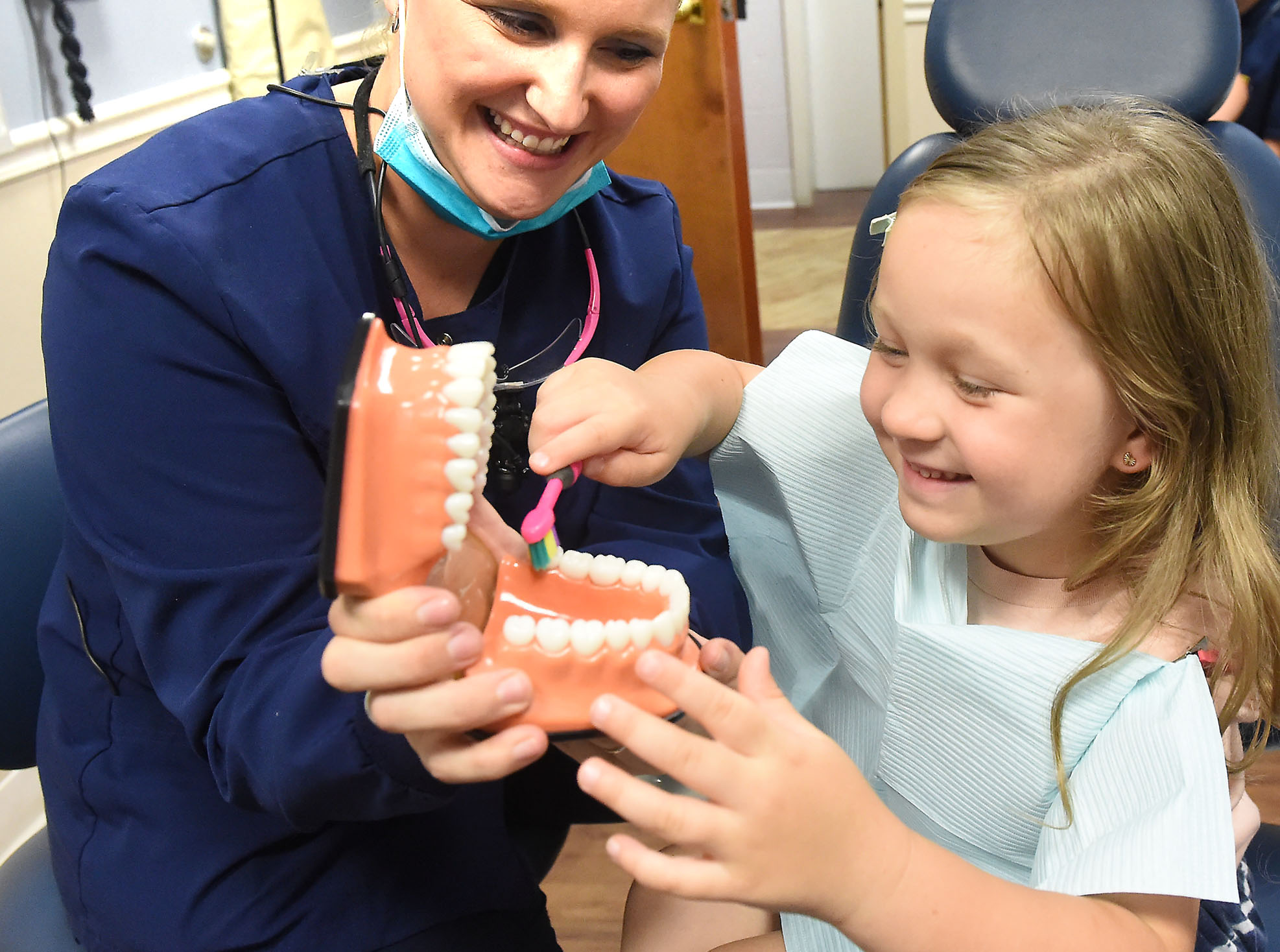Newsroom@DominionPost.com
When oral cancers are advanced and invade the jawbone, patients need to have their jawbone removed, along with the teeth. The jawbone can be reconstructed using fibular bone, but cancer patients usually have to wait many months or even years to get prosthetic teeth after their cancer treatment.
However, a recent collaboration between West Virginia University’s School of Dentistry and WVU Medicine will allow oral cancer patients to receive dental implants at the time of cancer surgery through an innovative approach called the Alberta Reconstructive Technique.
This technique was originally developed at the University of Alberta and is unique in that it is an occlusion-driven jaw reconstruction that is digitally planned around immediate dental implant installation into the fibular bone. Pre-operative digital planning allows surgeons to generate 3D printed models for use as cutting guides during surgery, thereby increasing accuracy and efficiency.
Matthew Harper, D.D.S., assistant professor in the WVU School of Dentistry Department of Restorative Dentistry, and Dr. Jeffson Chung, head and neck surgeon and assistant professor with WVU Medicine Otolaryngology, have recently completed their third case of primary dental implantation in oral cancer.
“Teeth play important roles in eating, speech, and physical appearance, but the difficulty with restoring teeth is that after you remove the cancer and do a reconstruction, the mouth usually cannot house a conventional denture. Therefore, dental implants are the only option,” Chung said. “The Alberta Reconstructive Technique is important because it represents the most accurate and reliable way of restoring dental functions.”
The Alberta Reconstructive Technique maximizes the chance of successfully restoring dentition, or arrangement and condition of the teeth, in two ways. First, virtual surgical planning around immediate dental implantation allows surgeons to optimize occlusal forces on the implants and placement of the implants in the fibular bone maximizing implant survival. Second, placement of the implants immediately during the cancer surgery allows osseointegration to occur during the routine healing phase, reducing the time to dental rehabilitation.
“Before this technique, you had to estimate how much bone you needed to harvest, how to position the reconstruction, and you were not even placing the implants at the time of the resection,” Harper said. “All of those elements make it less successful as far as function, aesthetics, and time. Previously, dental restoration for these patients could take years. With this type of computer-aided surgical technique, it can all be done well within one year’s time.”
Ultimately, by bringing together expertise from the School of Dentistry and WVU Medicine, the team can deliver state-of-the-art care to West Virginians.
“By working together with Dr. Harper and the School of Dentistry, our patients can have better functional outcomes and quality of life after cancer,” Chung said. “We have a spectacular team here, including Drs. William Stokes, Meghan Turner, and Tanya Fancy, as well as our operating room and clinic staff, who makes all this possible. I couldn’t do it without the cooperation of such amazing colleagues.”
Both doctors anticipate continued need for this kind of surgery, as West Virginia has a higher rate of oral cancer than the national average due to pervasive tobacco use.
“We learn more every day about the connection between oral health and overall wellness,” Harper said. “This is the first step in a collaboration between specialties that fits the current trend of holistic care in healthcare. Our state deserves providers capable of advanced surgical techniques who will work together to deliver the best care.”
Both providers acknowledge what they do can be challenging professionally but valuable.
“It is personally fulfilling to change a patient’s life for the better,” Harper said.
TWEET @DominionPostWV




